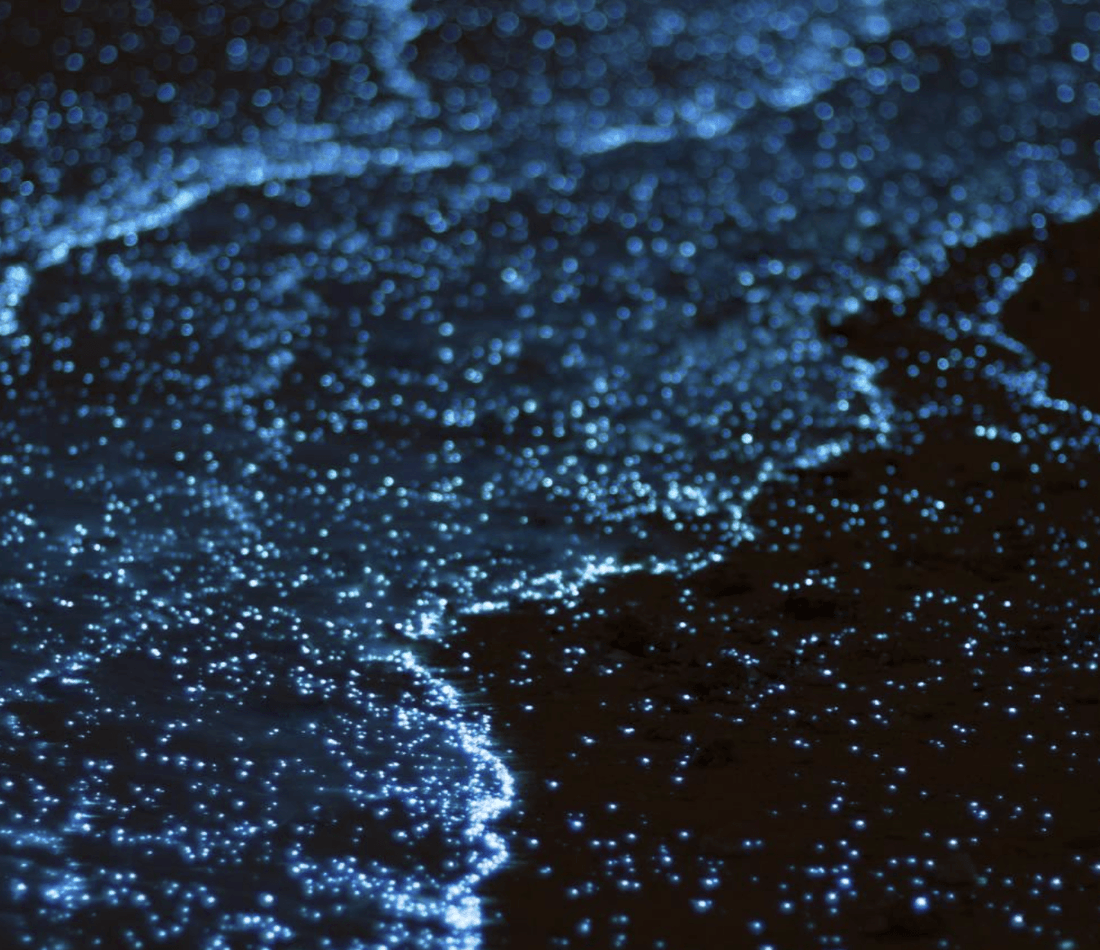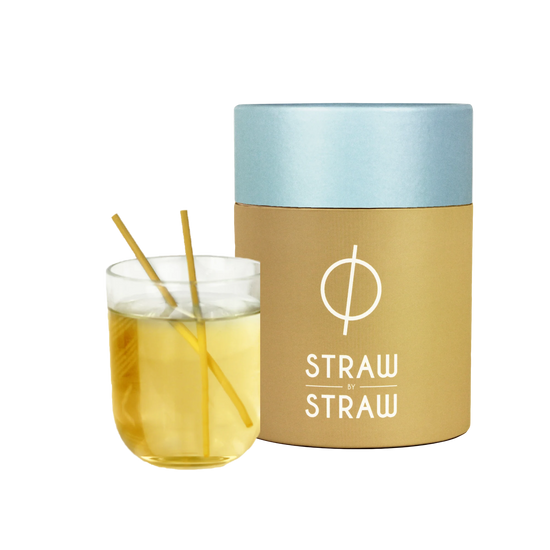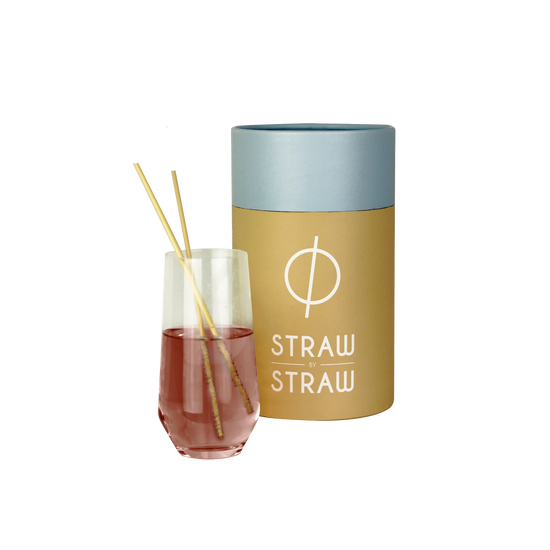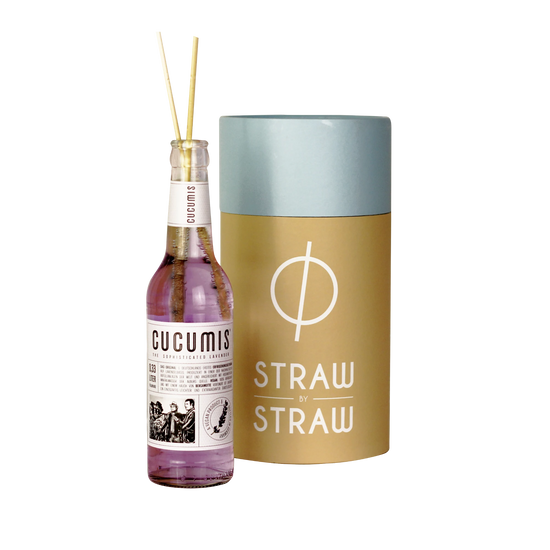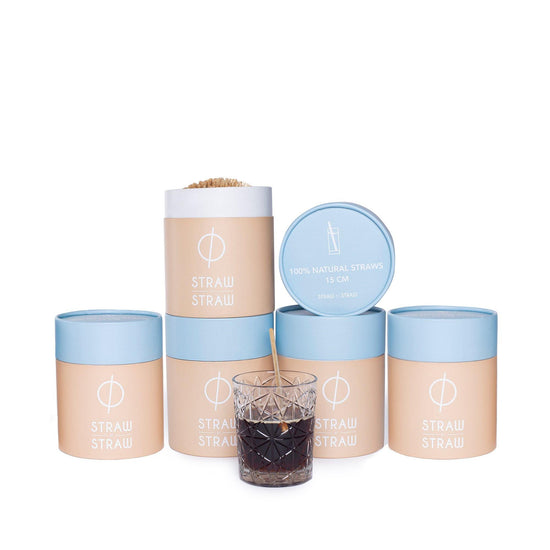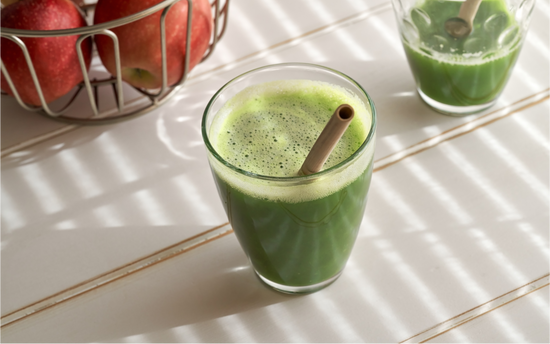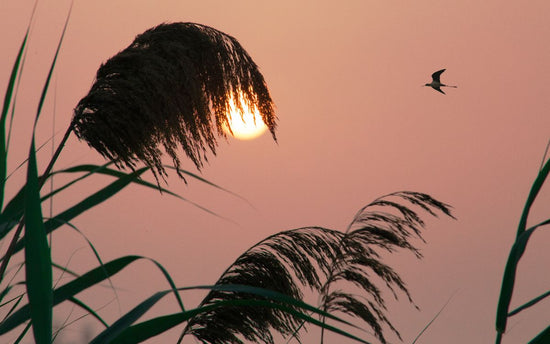(updated: 9 August 2023)
Ever seen the ocean glow at night and wonder how it is even possible? Well, it is caused by a natural phenomenon known as bioluminescence, seen along Netherland coastlines and around the world. Read this article to learn more about the fascinating event! Or scroll below to see the latest updates where people have spotted this fascinating event!
Jump to bioluminescence spots in the Netherlands in 2023!________________________________________________________________
You may have recently seen the extremely astonishing, yet confusing, photos of the ocean glowing a bright blue floating around on social media. You may be asking yourself, “How is it even possible that the ocean is glowing? Is this a sign of pollution or harmful chemicals in the ocean?” Actually, no! The seemingly glowing effect has nothing to do with pollution and is actually known as bioluminescence.
Bioluminescence is the light produced within a living organism through a specific chemical reaction using luciferin, luciferase, or photoprotein. When the chemical reaction occurs within marine species, a “cold light” is released, creating a bright, short-lived light that produces little thermal radiation or heat. The most common color of light produced is blue or green, but there is even yellow or orange. In the deep ocean, all marine organisms, including fish, bacteria, plankton, and jellyfish, produce the blue light because these are shorter wavelengths of light, easily traveling throughout the water. Living creatures use this feature for several reasons too, such as for a defense mechanism or mating call. The glowing light can signal to predators that their potential prey is toxic or that there is another predator in the area. Some animals use bioluminescent signals to tell the difference between other males and females too. However, the bioluminescence that we commonly see along coastlines is typically from specific plankton, using the light as a distress signal.

Picture of bioluminescence along coastline
In the Netherlands, bioluminescence is known as “sea sparkle” or “zweephaardiertje” and is caused by a specific type of algae known as Noctiluca Scintillans. It is so small that the only way to see a single organism is under a microscope, appearing as a transparent balloon. But when there are large amounts of this algae in the ocean, the energy from waves and currents excites these organisms, causing them to light up. They react to the sudden movement believing it to be a larger predator, so they glow in hopes to scare it away. And when a predator does consume the algae, it adapts the same mechanisms while it is being digested. For example, when a jellyfish consumes the algae, its transparent body also glows until the algae has been completely broken down. The luminous scene stays bright and blue, allowing you to continuously witness the magical event. And the surreal spectacle can be found all along the Netherland and Belgium coasts and even around the world.
Here, the best time to see the sea sparkle is during warm summer nights, usually between April and September. The water needs to be shallow, calm, and warm (between 20-25 C) with little to no surrounding lights. The rippling movement of a wave triggers the light, but you can also make a movement using your hand or foot. Experiencing this isn’t dangerous either, but you must be aware that sometimes the red-colored algae contains too much ammonia, causing skin irritation or respiratory problems. But just try not to consume it, and you should be completely fine. If you see a pinkish haze in the water during the day, this is a clear indication that the sea sparkle will appear at night as the specific algae is commonly red in daylight. The most recent case of bioluminescence was spotted on 22 July 2023 in the Netherlands, but it can appear at any time at most beaches.
It can be experienced all around the world too! Whenever you are traveling to coastal areas, keep an eye out for the blue sea light. Common places are:
- Australia (Jervis Bay and Gippsland Lakes)
- Belgium (Zeebrugge)
- Denmark (Bulbjerg)
- Canada (vancouver Island)
- Caribbean and Central America (Costa Rica and Jamaica)
- Maldives (Mudhdhoo Island)
- California (San Diego)
- And much more!
The next time you are out by the beach, stay until it gets dark and maybe you will be lucky enough to see the sea sparkle. It is truly a unique experience that people dream of seeing. And if you ever see it in the Netherlands, take a picture or video and tag us so we can share it on social media. Straw By Straw loves hearing about these natural phenomenon, and always strives to see indications of a healthy, thriving environment.
Want to know more about bioluminescence? Read this article with updates in the Netherlands.
------------
Last spotted bioluminescence in the Netherlands:
2023:
July 22: Colijnsplaat
July 10: Katwijk
July 9: Zuiderstrand, Scheveningen
June 18: Bioluminescence, Zandvoort aan Zee
June 13: Terschelling
June 10: Egmond aan Zee
For more updates about bioluminescence in the Netherlands you can check out this website Zeevonk Alert!


